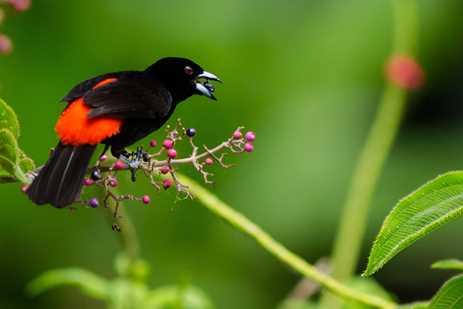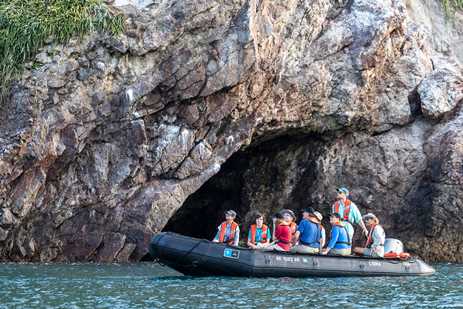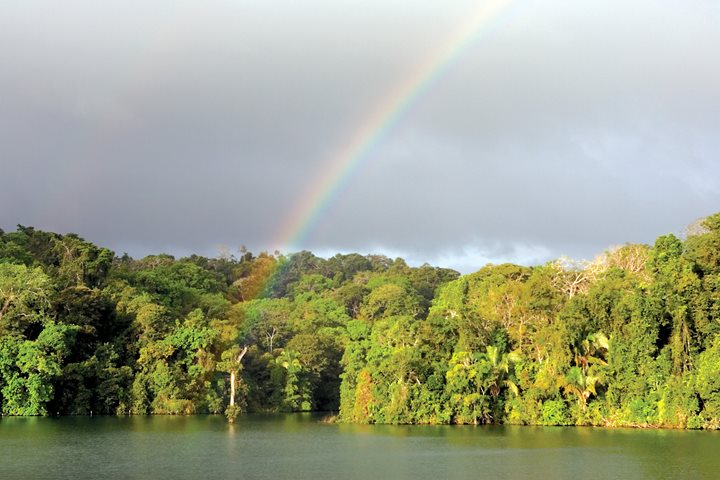Video Transcript
Title: What to Expect: Transiting the Panama Canal
Captain Tim Lyon, Lindblad Expeditions: Hello, I'm Captain Tim Lyon with National Geographic-Lindblad Expeditions. I'm in Panama aboard the National Geographic Quest on day five of a seven-day voyage where we explore Costa Rica and transit the historic Panama Canal.
What is the Panama Canal
The Panama Canal bisects the Isthmus of Panama, connecting the Caribbean Sea to the Pacific Ocean. It was officially opened in August 1914 after more than 10 year's worth of work. The French originally undertook the canal project. The United States took it over in May 1904 under President Theodore Roosevelt. The canal created a much shorter and more efficient water route from the Caribbean Sea in the Atlantic to the Pacific Ocean, benefiting world economy and international trade.
Transiting the Panama Canal is one of the main highlights of this expedition. For most ships, this transit takes eight to 10 hours, but we take our time, making the crossing in two days. This way, we can really experience what a technological wonder the canal is, as well as the incredible biodiversity that surrounds it.
What Will I See While Transiting the Panama Canal?
During the crossing, we'll stop and disembark by Zodiac and explore Barro Colorado Island in Gatun Lake, which is a key part of the Panama Canal.
Gatun Lake was made in 1913 when the Chagres River was damned. At that time, it was the largest manmade lake in the world. It takes millions of liters of water to operate the locks each time a ship passes through. This water comes from Gatun Lake.
The rainforest around the lake has been practically unscathed by human interference. This is one of the few places to observe various native, Central American animal and plant species undisturbed in their natural habitat. We might see various species of monkeys and birds and other fascinating wildlife.
Transiting the canal is a fantastic experience anytime in the year, but it's especially great when we do it, which is during the dry season. The dry season is from mid-December until mid-April. We can usually expect a dry crossing, but it's good to remember that this is a waterway that cuts through a tropical rainforest, and a rain shower can happen at any time.
Transiting the Panama Canal is a truly unforgettable experience, and we look forward to welcoming you aboard the National Geographic Quest.







